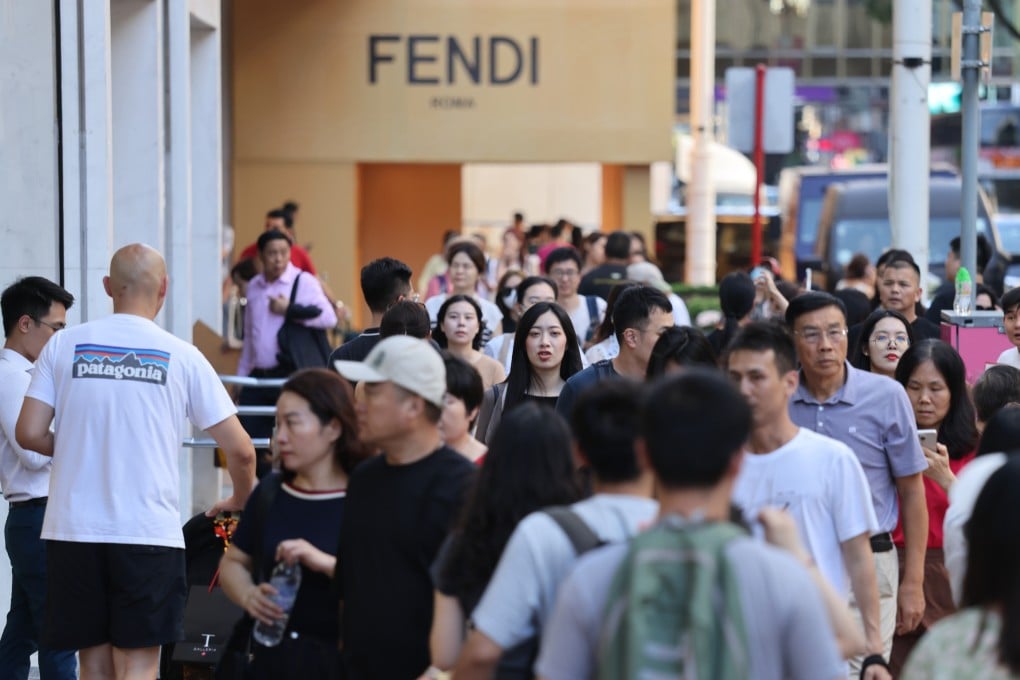World’s priciest retail streets: Hong Kong’s Tsim Sha Tsui slips to third place after New York’s Fifth Avenue and Milan’s Via Montenapoleone
- Tsim Sha Tsui commands annual rents of US$1,493 per square foot versus US$1,766 in Via Montenapoleone in Milan and US$2,000 on Fifth Avenue in New York
- Rents in the main shopping districts of Tsim Sha Tsui, Causeway Bay and Central have fallen between 39 per cent and 46 per cent before the start of the pandemic

Annual rents in Tsim Sha Tsui in Kowloon declined by 39 per cent before the onset of the pandemic – at a time the city had been brought to a standstill by a period of civil unrest that often turned violent – to US$$1,493 per square foot.
Meanwhile rents in Via Montenapoleone in Italy’s fashion capital of Milan surged by 31 per cent to US$1,766 per square foot in the same period, making it the second-most expensive retail strip in the world behind New York’s Fifth Avenue at US$2,000 per square foot, which held on to its title for a second straight year.
In 2021, Tsim Sha Tsui was adjudged the world’s most expensive place for retail rents, edging out Causeway Bay, widely considered the trendiest shopping district on Hong Kong Island. However, the city’s stringent pandemic curbs for three years until the end of 2022 led to a recession caused by a slump in tourist arrivals and retail sales.